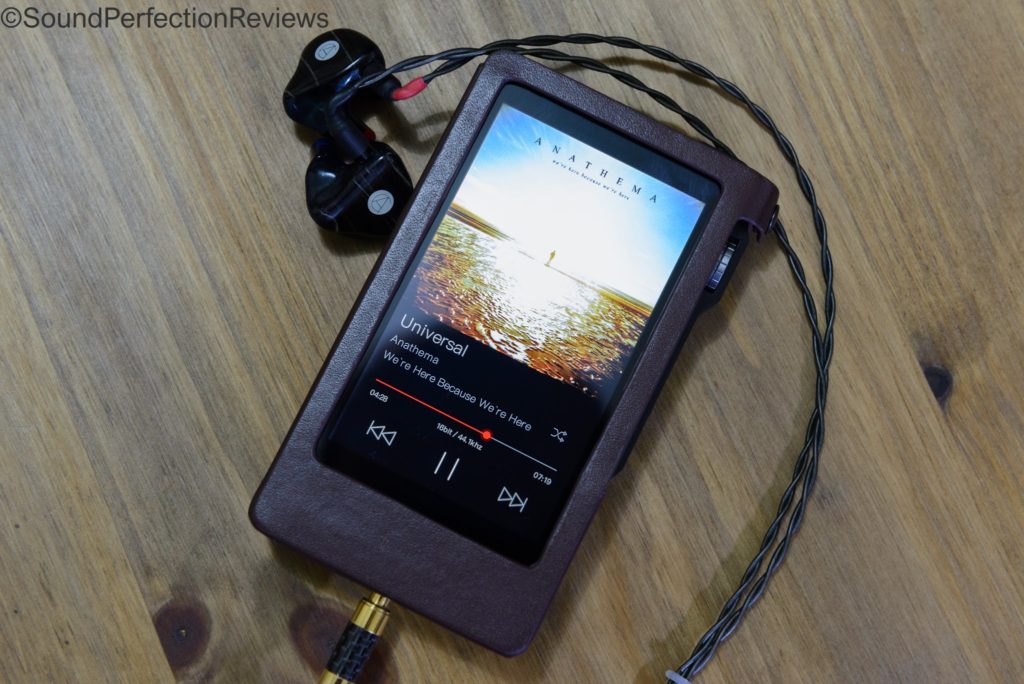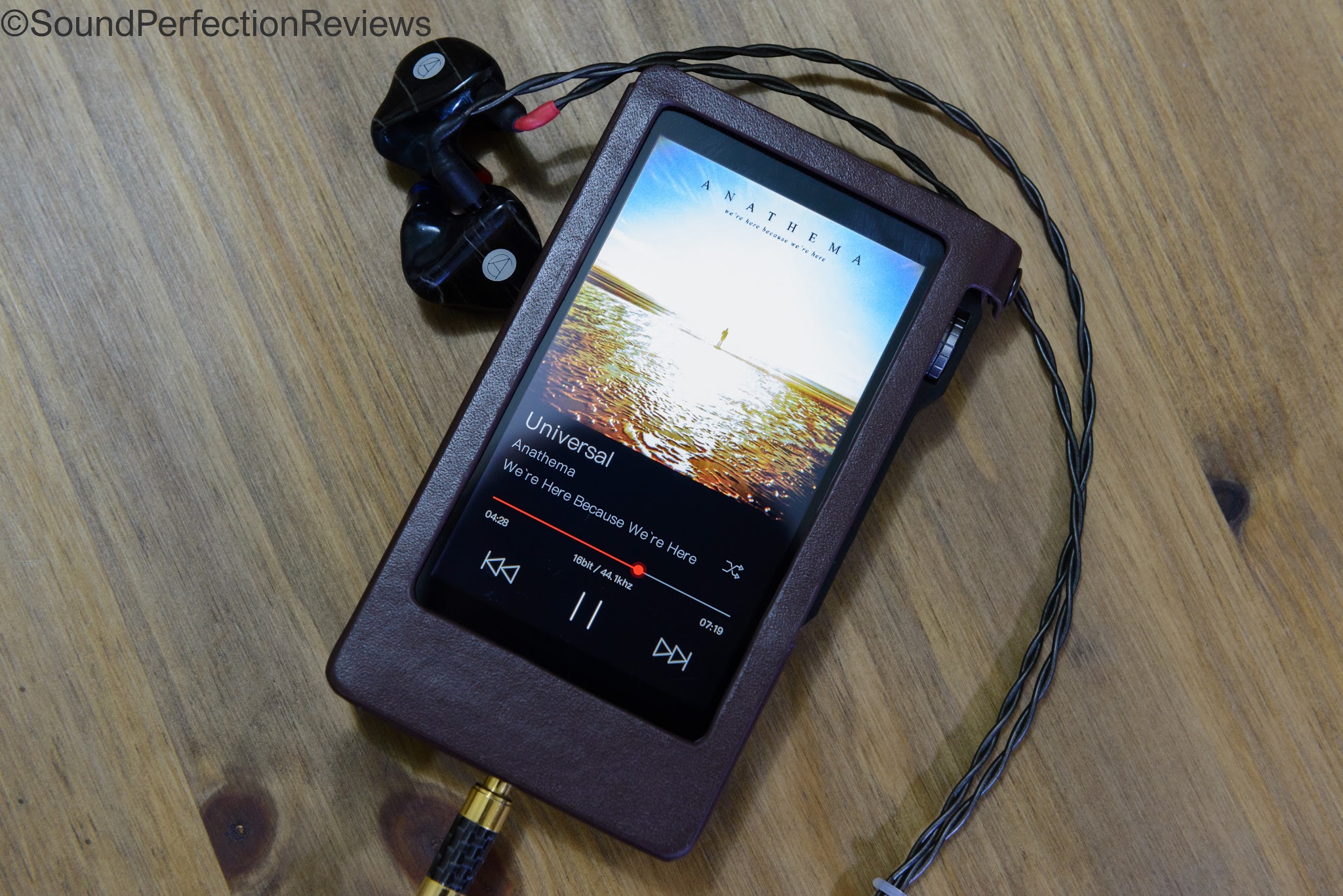Firstly I would like to thank Paul at iBasso for sending me this sample to review; this has had well over 200hrs of burn-in before reviewing.
*disclaimer: This sample was provided for the purpose of writing a review, no incentive was given to write a favourable review. All opinions expressed are my own subjective findings.
Gear Used: DX200 > Symphones V8 build / Custom Art FIBAE3 / Cleartune VS-2 / 64 Audio U6 and more.
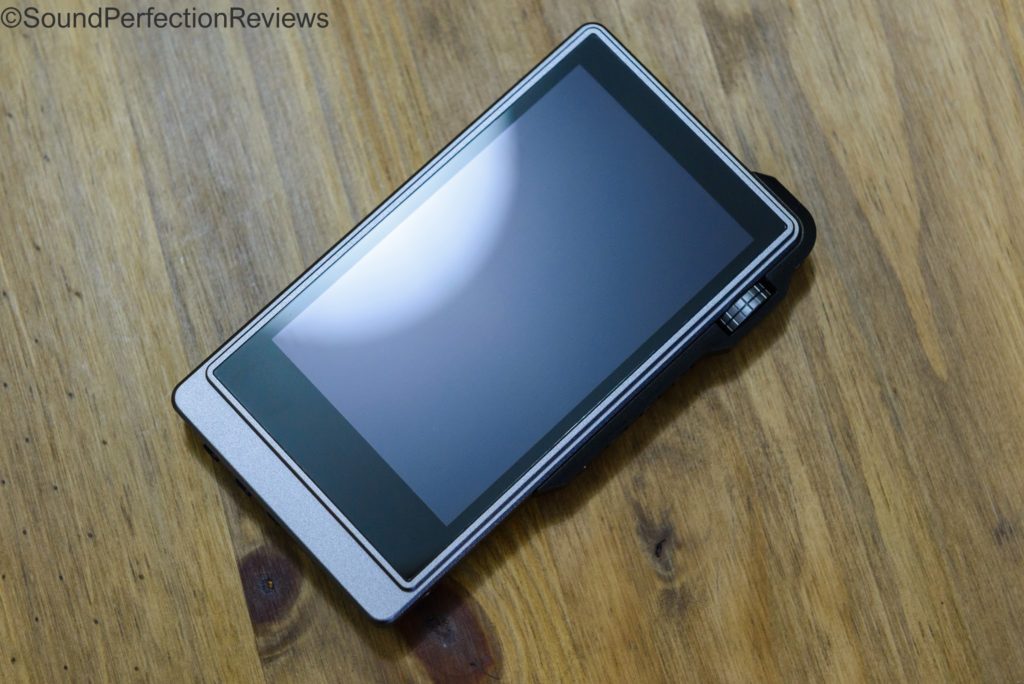
Tech Specs:
http://ibasso.com/cp_xq_dy.php?id=4898
Main Features
– Dual SABRE ES9028PRO DAC Chips.
– Bit for Bit Playback Support up to 32bit/384 kHz.
– Support of Native DSD up to 512x.
– XMOS USB Receiver with Thesycon USB Audio Driver, Easy to use USB DAC.
– Dual Accusilicon Ultra Low Phase Noise Femtosecond Oscillators.
– 4.2″ IPS Screen (768*1280) with Capacitive Touch Panel, Bonded by OCA.
– Mini Optical Output and Mini Coaxial Output. – 8-core CPU. – 2GB LPDDR3. – 64G of Internal Memory. – 5G WiFi and Bluetooth4.0.
– Patented User Exchangeable AMP Card.
– Three Physical Buttons (Previous, Play/Pauses, Next)
– 150-Steps Digital Volume Control.
– Audio Formats Supported: APE, FLAC,WAV, WMA, AAC, ALAC, AIFF, OGG, MP3, DFF, DSF, DXD.
– Support for M3U Playlist
– 4400mAh 3.8V Li-Polymer battery (Play time varies depends on volume, music type, and AMP card)
Specifications
2.5mm Balanced Output:
Output voltage 6Vrms Frequency Response: 20Hz-20KHz -0.16dB Signal to Noise Ratio:125dB Crosstalk: -122dB THD+N: < 0.0002%, -114dB (64O@3Vrms)
3.5mm HP Output:
Output voltage 3Vrms Frequency Response: 20Hz-20KHz -0.16dB Signal to Noise Ratio:122dB Crosstalk: -118dB THD+N: < 0.00032%,-110dB (32O@1.8Vrms)
Lineout:
Output voltage 3Vrms Frequency Response: 20Hz-20KHz -0.16dB Signal to Noise Ratio:122dB THD+N: < 0.00025%,-112dB Screen Size: 4.2inch 768*1280 Battery Capacity: 4400mAh
Case Dimension: 5.1L x 2.7W x 0.77H (inch) 128.5L x 69W x 19.5H (mm)
Weight: 240g or 8.5oz
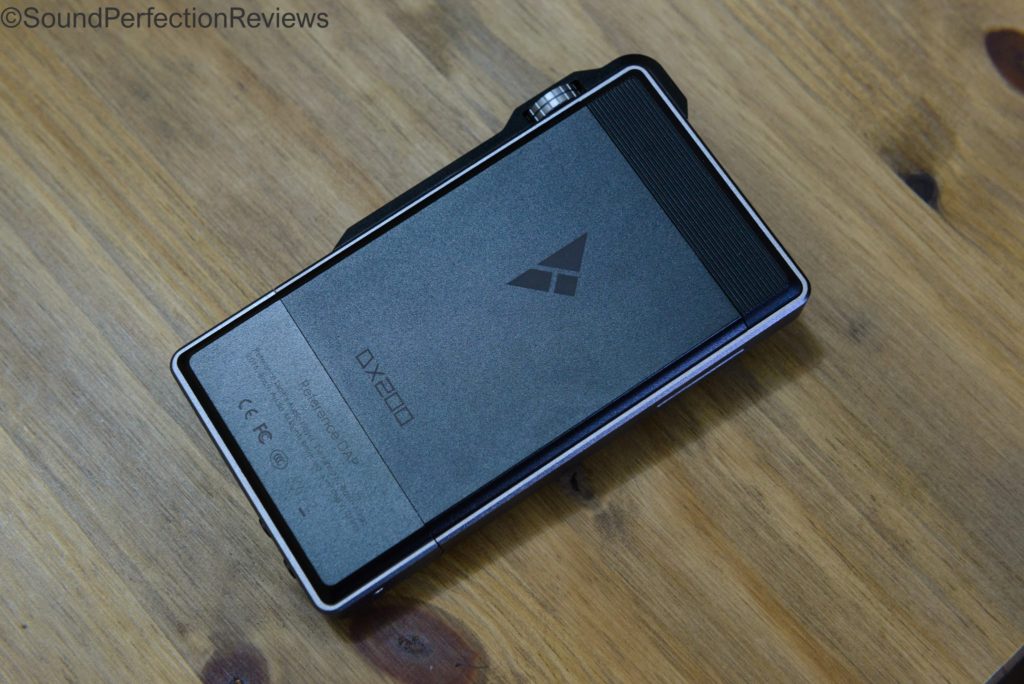
Packaging, Build quality and Accessories:
The iBasso DX200 comes in a fairly big, 3 piece card box. Once you remove the outer sleeve that only has the model number printed on it, you will find an inner black box that slides apart. One this inner box there is a picture of the DAP on the front, along with the model number but still no specs anywhere on the box. You will find the player neatly placed in an inner foam tray, lift this tray up and you will find the accessories. The box is very well built and feels solid, and fitting of the price of the DX200.
The DX200 is superbly built, one of the best I have come across, the casing is all metal and the front houses the touch screen. On the top you have the power button and USB-C socket for charging and file transfer, much better than normal Micro-USB. You also have an optical/coax output on the top so you can use it as a transport with an external DAC. On the right you have playback controls and the volume knob which is protected via a small metal cover. The volume control has defined steps and is tight with no play; the playback buttons also feel very good. On the left you have the MicroSD slot for your memory card and on the bottom (AMP1) you have a 3.5mm line out, a 3.5mm headphone out and a 2.5mm balanced out.

The DX200 comes with the AMP1 module as stock; a big selling point are the interchangeable amp modules so you will see there are 2 small screws on either side of the device to remove the amp section. The screen is big and bright, it comes with a screen protector already installed. This player does not have a user replaceable battery, but apart from that, it is very well built. The sockets on the amp module are tight and everything feels very well put together.
Accessory wise you get a lovely brown leather case that fits perfectly, apart from a slight overhang that makes the volume knob slightly harder to reach (not a huge issue as it’s still easy to operate). You also get a quick start guide, a fabric coated and well built USB cable, a burn-in cable that plugs into the 2.5mm balanced socket. This means you can leave the player burning-in for the recommended 200hrs without headphones attached, you also get a 3.5mm to coax cable so you can use the DX200 with an external DAC. Overall a very good amount of accessories, the case is especially nice. All you need is a MicroSD with your music on it, a pair of headphones and you are good to go.
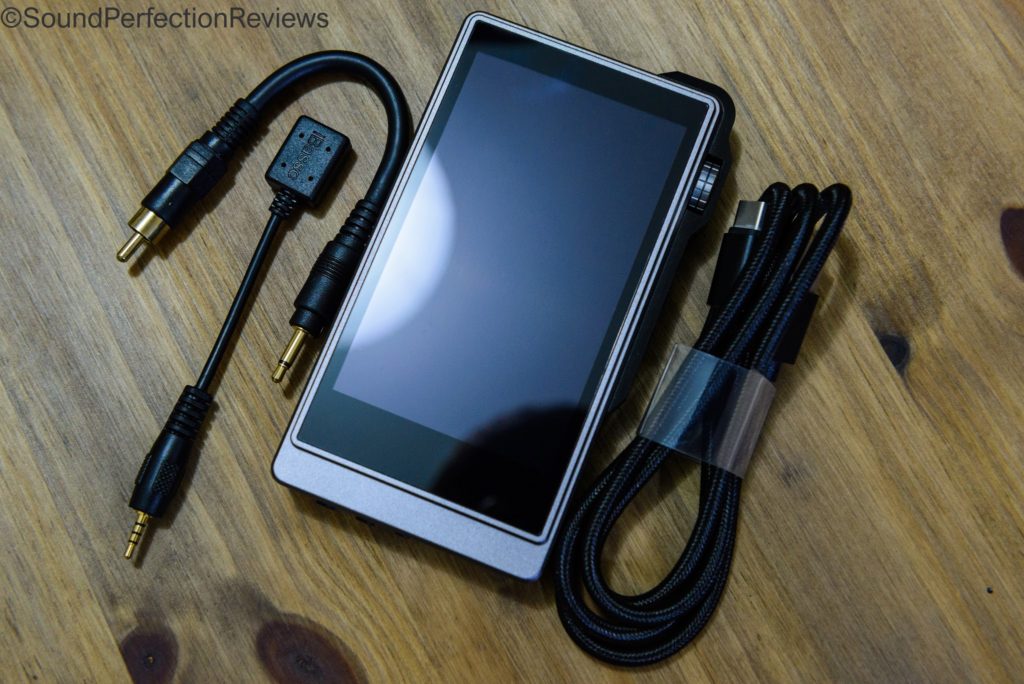
Features and UI:
The DX200 has interchangeable amp modules; different modules have different outputs as well as slight differences in sound signature. It uses dual DAC’s and the signal is fully balanced within, using ESS9028PRO chips. It has an XMOS USB receiver and can be used as an external DAC with a PC/MAC, it also has changeable digital filters. The DX200 fully supports gapless playback, along with being able to make playlists. There is a high and low gain option, WiFi, Bluetooth, EQ and channel balance settings. To be honest the difference between DAC filters is so subtle I’m not sure I can hear a huge difference between them. However it is always good to see things like this available to fine tune the sound.
The DX200 runs on Android, there are 2 running modes, regular Android or Mango player mode.
In Mango mode, it is a stripped down music player based interface with the basic folders and categories (Artist, Track, Album etc…). The main screen is the playback screen offering the track name, artist, album artwork and bit rate. Swipe to the left and you will find the settings, swipe to the right and you will find the categories for finding your music. Mango mode works really well if you just want to use the DX200 as a player for locally stored music, this is the mode I use it in the most. Unfortunately you cannot use Bluetooth when used in Mango mode; this is one thing I would like to change.

In regular Android mode you have all the standard Android settings, a home screen and you can install APK files once you have loaded them onto the player. This means you can choose to use the stock Mango player app, or install your preferred Android music player app (Neutron, Hiby etc…). The DX200 supports streaming services as it has WiFi and these work very well (tested with Spotify and Qobuz). In Android mode you might not have the play services but it is a snappy device and handles most apps with ease. This is the mode to use if you want to use streaming services, Bluetooth or just want to use a different music player app. I find the Mango app to be very easy to find your way around and use.
Whichever way you use this player, it is intuitive and snappy, battery life is stated at 8-10 hours and with my usage this has been quite accurate. Unfortunately the player does not automatically go into a deep sleep mode, so setting the auto-off is a good idea to save battery.
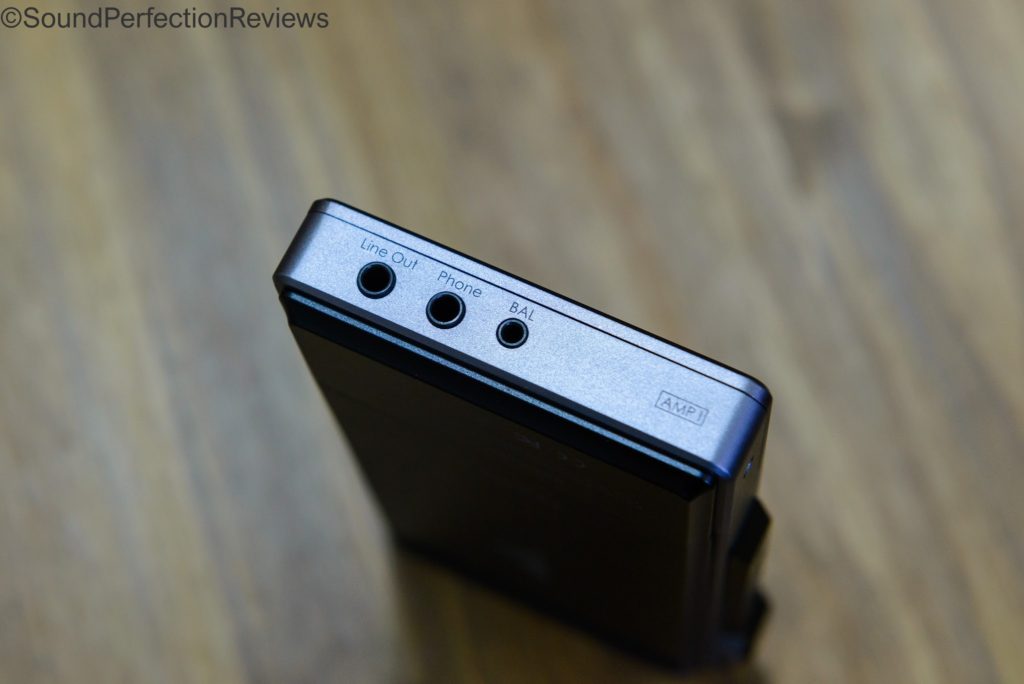
Sound:
My main reference point is my Audio Opus #2 player, which I am very familiar with and enjoy a lot.
The DX200 stock is a true reference player in many ways, the Amp1 module really tries to be neutral and flat without colouration. To be honest it can come across as a little cold sometimes, and portrays everything in a very crisp and detailed manner. To my ears there is not a lack of warmth, but there is no added body to the sound. Transient response is superb, it is one of the quicker sounding players out there, and I also find the DX200 does not accentuate the soundstage.
The Opus #2 sounds ever so slightly fuller than the DX200, with a wider soundstage and a more refined portrayal of micro details.
The DX200 works well with all IEM’s and also easy to drive headphones, it has power to spare most of the time, and even does a respectable job at driving the HiFiMan HE-500. There is nothing missing from the DX200 sound, the bass extends with ease but remains tight and controlled at all times, the midrange is open and crystal clear, the highs are not masked or recessed. The DX200 comes across as an analytical and detailed player that is a bit more intimate and up-front sounding than the more laid back Opus #2.
Micro details are easily heard, and the DX200 easily separates more complex mixes, the output impedance is low which means it works wonderfully with low impedance multi BA IEM’s. The wonderful thing about the DX200 is you have a real reference sounding player with the Amp1 module, but if you want to tailor the sound a little you can swap out the amp module to a different one that suits your needs better.

Conclusion:
The DX200 is in all accounts a high end DAP, full of functionality and plenty of audio based tweaks in the firmware. The sound does not disappoint in its stock form if you want a more analytical and reference sound. With the interchangeable amp modules there are multiple output connectors and also sound signatures. Overall the DX200 delivers a lot for the money, and is a very good buy if you are in the market for a sub £1000 DAP. The interface offers either a pure DAP, or a full Android mode, perfect for those that want to either focus on locally stored music vs those who want to be able to stream and use other apps.
Sound Perfection Rating: 9/10 (reference sounding, modular DAP that is a pleasure to use)
